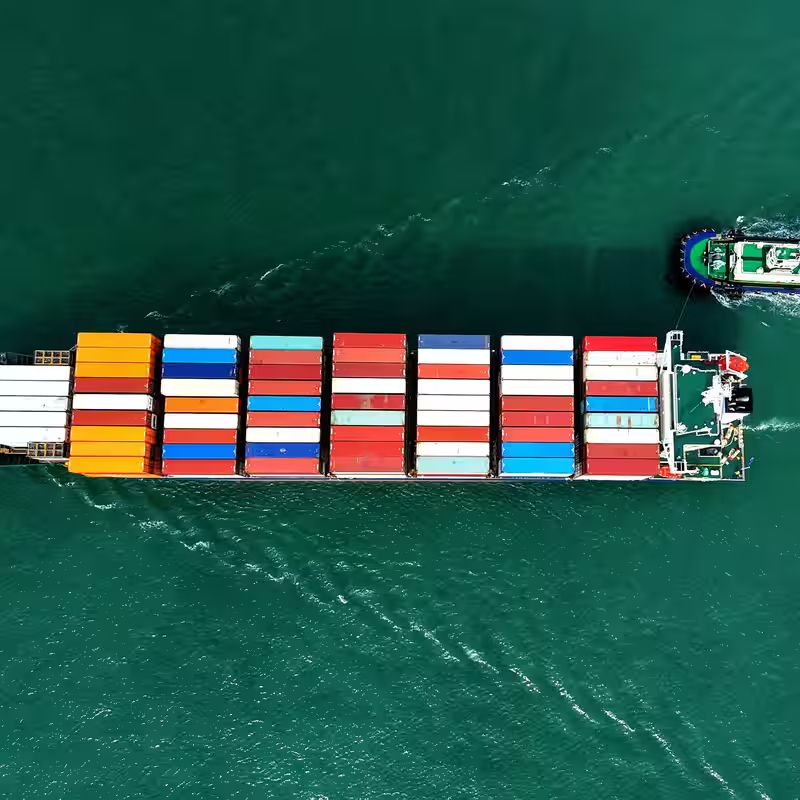Rare earth export curbs imposed by China are triggering global alarm bells, with industries from automotive to defense bracing for severe supply chain disruptions. The sweeping new regulations—phased in starting November 8 and December 1, 2025—are not just targeting the U.S. but reshaping the entire global trade landscape .
What Are China’s New Rare Earth Export Curbs?
China, which controls over 80% of the world’s rare earth processing capacity, has expanded its April 2025 restrictions to now include finished products like electric motors, semiconductors, and even components used in military hardware. Under the new rules, any product containing 0.1% or more rare earth content by value requires an export license from China’s Ministry of Commerce—regardless of final destination .
This means even shipments between European countries could be halted unless Beijing approves them.
Rare Earth Export Curbs: A Strategic Move?
Analysts see the move as a direct response to recent European Union tariffs on Chinese electric vehicles and growing Western military support for Ukraine. “We’ve entered into a new phase of the economic conflict,” said Jay Truesdale, former Obama administration official and CEO of TD International .
Beijing’s total ban on exports of rare earth–based materials for military use has raised red flags in NATO capitals, where rearmament efforts against Russian aggression rely heavily on components sourced—directly or indirectly—from China.
Industries Hit Hardest by Rare Earth Export Curbs
While defense contractors are sounding the loudest alarms, the automotive sector may suffer the broadest impact. A single gasoline-powered car contains over 40 rare earth magnets—in power windows, steering systems, brakes, and seats. Electric vehicles use even more, especially in drive motors .
U.S. and European auto parts suppliers report months-long delays in securing export licenses. Some have resorted to importing entire electric motors from China to bypass earlier magnet restrictions—but the new rules may close that loophole too.
Table: Key Sectors Affected by China’s Rare Earth Export Curbs
| Sector | Impact |
|---|---|
| Defense | Ban on exports for military use; affects missile motors, tank rangefinders |
| Automotive | Delays in seat motors, steering systems, EV drivetrains |
| Semiconductors | Chip production disrupted due to rare earth–based polishing materials |
| Consumer Electronics | Smartphones, headphones, and hard drives rely on rare earth magnets |
Global Workarounds Crumble Under New Rules
Many companies tried to reduce reliance on China by sourcing rare earth magnets from facilities in Vietnam, Mexico, or the U.S. But Beijing’s latest decree asserts control over any product made with Chinese technology—and most global rare earth refineries still use Chinese-made equipment .
“It’s not just about where it’s made—it’s about how it’s made,” said one industry insider who requested anonymity. “If your factory runs on Chinese centrifuges or separation tech, you’re still under their jurisdiction.”
Political Fallout and Trade Tensions
Former President Donald Trump responded swiftly, threatening 100% tariffs on all Chinese imports starting November 1—a move that could ignite a full-blown trade war just as global markets face inflationary pressures .
Meanwhile, EU officials are scrambling to accelerate domestic rare earth processing projects, though experts say it could take years to build meaningful capacity outside China.
What’s Next for Global Supply Chains?
With the first phase of restrictions kicking in on November 8, 2025, companies worldwide are racing to audit their supply chains for rare earth content. Legal teams are reviewing whether existing contracts include force majeure clauses that cover government export bans.
For now, the message is clear: in the battle for technological and military supremacy, rare earths are the new oil—and China holds the tap.




